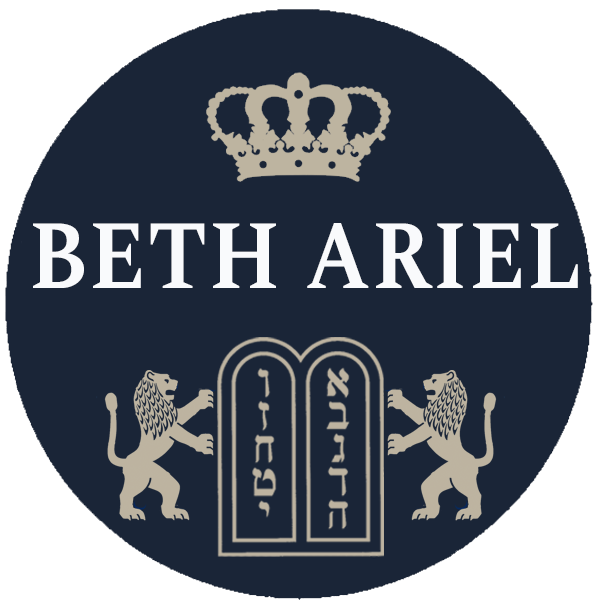Combined Service for Tarzana / Valencia Congregations. There will be no evening service.
Sukkot is a seven day festival that follows five days after Yom Kippur. It was to be observed by “living” in “booths” or the “sukkah” which served to remind the Jewish people of the forty year wilderness wandering when the nation coming out of Egypt in route to the Land of Promise dwelt in temporary structures, and the Lord Himself dwelt in the Tabernacle.
Because the “sukkah” was a weak structure it symbolized the fragility of their life, and the loss of Israel’s national aspirations. It also served to remind the nation of their future hope of restoration and glory when Messiah returns and establishes the Messianic Kingdom (Amos 9:11).
According to Leviticus 23:33-43 four plants were to be used in the worship of the Lord on this occasion. First, is the פְּרִי עֵץ הָדָר “fruit of goodly trees,” or the etrog, which is a citrus-type fruit much like a extra-large lemon. Second, is the כַּפֹּת תְּמָרִים “branches of palm-trees” known as the lulav. Third, is the עֱנַף עֵץ-עָבֹת “boughs of think trees,” also called the hadass, the branch of a myrtle tree. Fourth, is the עַרְבֵי-נָחַל “willows of the brook” referring to the aravah, the willow branch.
There were two important ceremonies that were observed on Sukkot during the Second Temple period (520 BC - AD 70). One was the “water pouring ceremony. Each of the seven days of the festival priests would exit the Temple Mount through the South side gates to draw water from the Pool of Siloam. Upon returning to the Temple they would pour out the water at the base of the altar.
This ceremony symbolized two things: First, it was an external expression of their prayer for rain. Sukkot occurred toward the end of the Fall and beginning of the Winter season. In Israel the winter season is their rainy season. If God responded positively to their prayers the Land would receive both the former and later rains which would increase their harvest in the Spring and Summer months. Second, it symbolized the outpouring of the Spirit of God upon the nation in the latter days. In the Talmud it says,
“Said Rabbi Joshua ben Levi, “Why is it called “the place of drawing?” “For from there they draw the Holy Spirit, in line with the following verse of Scripture, “With joy you will draw water from the wells of salvation” (Isaiah 12:3).
The second critical ceremony was the “kindling of the lampstands.” Four huge lampstands were erected in the Court of the Women in the Temple each with four bowls. Young apprentice priests would climb ladders 75 ft high to fill the bowls with oil. Old warn-out priestly garments were used for wicks and when lit these lampstands would light up the Temple compound. The Talmud states, “There was not a courtyard in Jerusalem that was not illumined by the light of the place of the water drawing.” The rabbis drew a connection between the lighting of the Temple on Sukkot and the Messiah who by his presence would illumine Israel by the Shekinah glory.
It ought not surprise us then that on Sukkoth Yeshua himself would make certain statements regarding his Messiahship in connection with these two most important ceremonies. During the water pouring ceremony which symbolized Israel’s prayer for rain and the outpouring of the Spirit of God upon the nation Yeshua said, “If anyone is thirsty, let him come to me and drink. Whoever believes in me, as the Scripture has said, rivers of living water will flow from his innermost being” (John 7:37-38). In connection with the “lighting of the lampstands” ceremony Yeshua proclaimed on Sukkot, “I am the light of the world. Whoever follows me will never walk in darkness, but will have the light of life.” (John 8:12).
Prophetically, Sukkot will have its fulfillment during the Messianic kingdom. While the first four festivals were all prophetically fulfilled by the first coming of Messiah, so the latter three festivals will be fulfilled by the second coming of Messiah. Zechariah foretells,“Then the survivors from all the nations that have attacked Jerusalem will go up year after year to worship the King, the Lord Almighty, and to celebrate the Feast of Tabernacles” (Zechariah 14:16).

